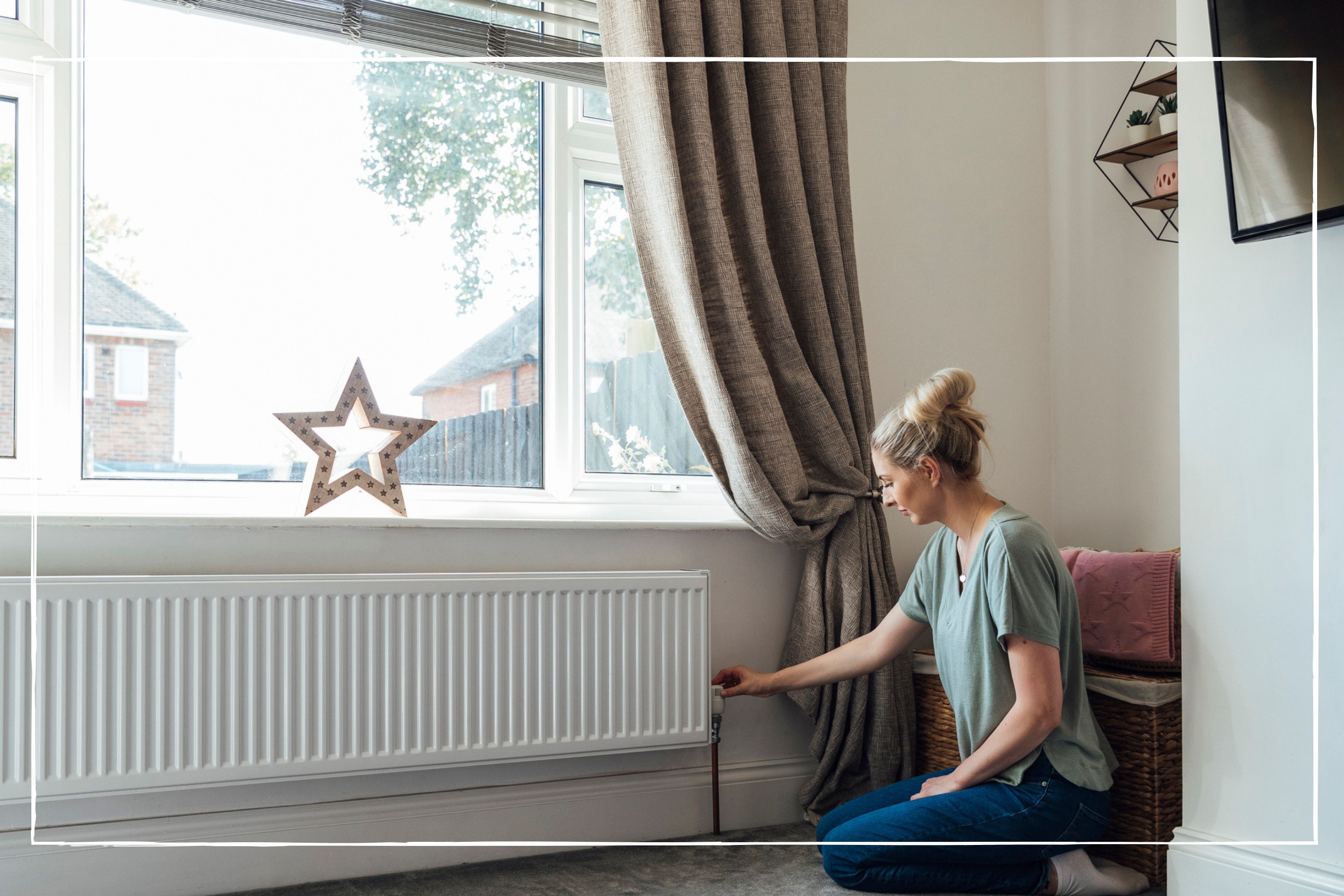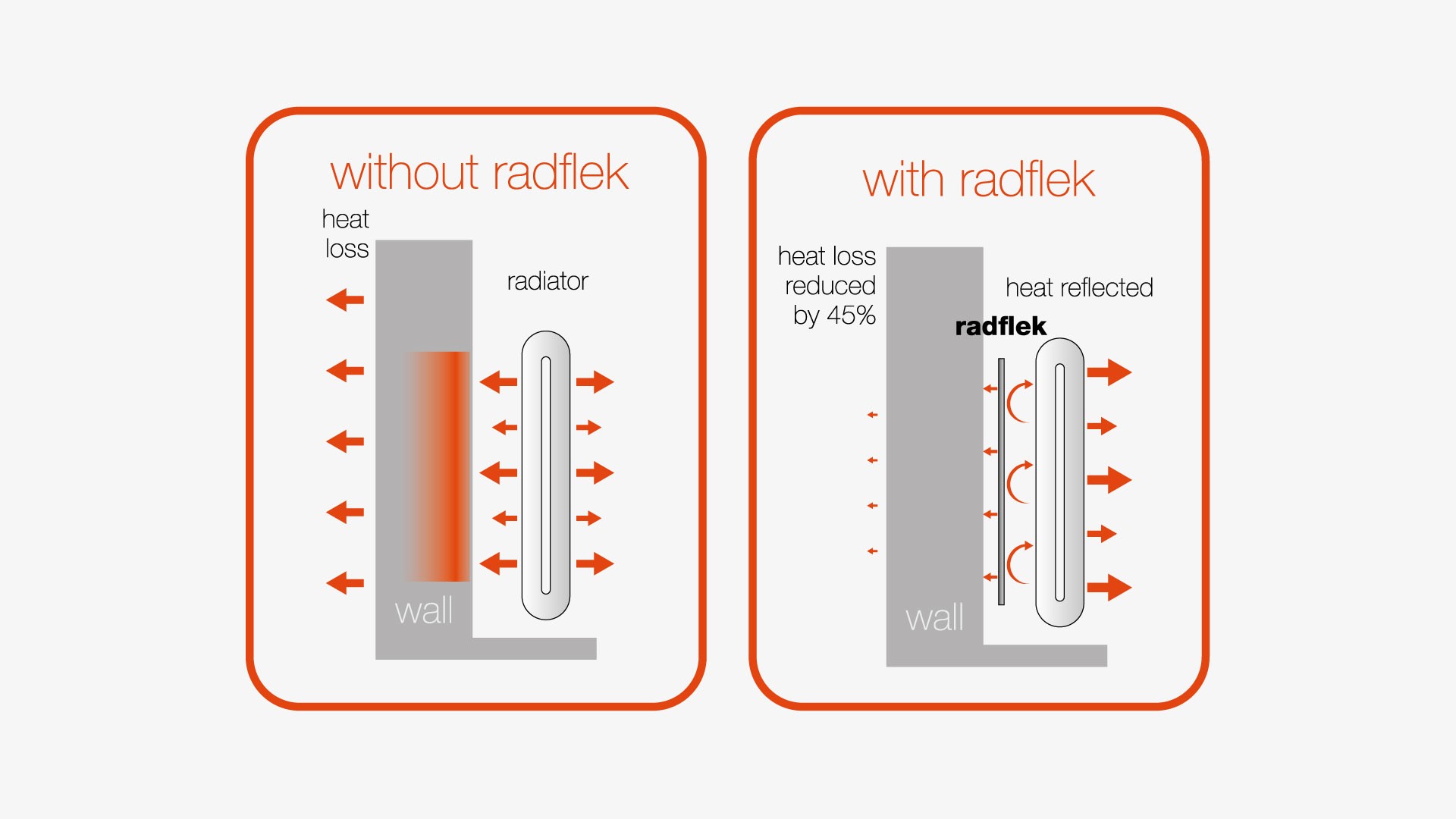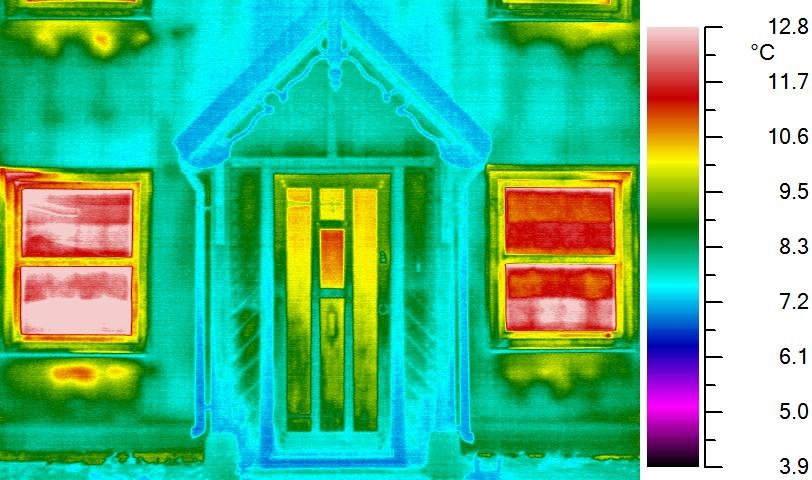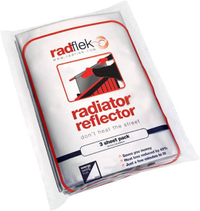I've shaved more than £30 off my monthly energy bill thanks to this radiator hack
And importantly, I've not needed my thermostat set above 17°C all winter

As the energy crisis continues, it's no wonder that families are worried about how much their energy bills will cost. Even with the Energy Price Guarantee in effect, which aims to protect households from any more huge price hikes in their energy bills, we're still paying more than ever before for the energy we use.
Ever since the energy price cap rose by 54% back in April 2022, I've been on a bit of a mission to not only become more aware of how much energy I'm using, but also aim to reduce how much I use to keep my energy bills as low as possible.
I made a few simple changes around the house - I became quite strict with myself about not leaving lights on in rooms I'm not in, unplugging devices and appliances that don't need to be plugged in and trying to use the most energy-guzzling appliances much less. But while all of those changes have been worthwhile - it's this radiator hack that has made the most difference to me.
What's the hack?
The radiator hack I swear by is installing radiator reflectors behind any radiators that sit on external walls. These reflectors are designed to prevent heat from the back of your radiators escaping through the walls to outside. Instead they reflect the heat back into the room.
As a result, your home should feel warmer, which means you may not need to have your thermostat set as high or your heating on for as long.
While it's possible to make your own radiator reflectors using tin foil, and there are other brands and types available, such as this roll that you can get for just £7.99, I decided to try the radiator reflectors from Radflek (I bought a five pack which claims to fit between five and 10 radiators).
Radflek Radiator Reflectors. Available at Radflek, Amazon
RRP: from £21.99 | Pack size: Available in 3, 5 and 8 sheet packs
Granted Recommended Product Status by the Energy Saving Trust, Radflek Radiator Reflectors are easily installed and can reduce heat loss through external walls by up to 45%, helping to reduce your energy bills and make your home feel warmer.
These reflector sheets can be really easily cut to size, and the five pack was more than enough for the five radiators on external walls in my house, with a good amount left over which I gave to my mother for use on a couple of radiators in her house.
GoodtoKnow Newsletter
Parenting advice, hot topics, best buys and family finance tips delivered straight to your inbox.
To install them, all you will need is a pair of scissors and a tape measure. You need to measure the space between the fixings on the back of your radiator (the reflector will sit between them), then smooth out one of the reflector sheets, measure the width you need and follow the guidelines on the sheet to cut.
Once cut to size, you fold over the top edge, attach two or three of the plastic clips that are included (depending on the size of the radiator), fold over a couple more times, then simply slot them behind your radiator. If you have a solid radiator, they are invisible once installed. But if you have a contemporary style radiator or a towel rail, you will be able to see the reflector when it's installed.
How do the radiator reflectors work?
Radiator reflectors should prevent any heat from the back of your radiator from escaping through the way, and reflect it back into the room. This means your home should heat up quicker when the heating comes on and feel warmer even if your thermostat is set to a lower temperature.
Here's a diagram that explains how the reflectors work:

The infrared image below also demonstrates how these radiator reflectors can help to prevent heat escaping through the walls. Red spots are the warmest while blue spots are the coolest.

This image shows a double-fronted house with radiators beneath both windows. On the left hand side, there is no Radflek installed. You can see the heat from the radiator has come through the wall and onto the outside of the house. On the right hand side, Radflek has been installed, and nearly all the heat from the back of the radiator has been reflected back into the room.
If you look at the window on the right hand side, it's a deeper red colour than the left hand side, indicating that the room is warmer.
Are radiator reflectors worth it?
Yes! I think these reflectors are brilliant. Since I've installed them, I've not had my thermostat set higher than 17°C, and when the heating is on, my house feels toasty warm. (For reference, experts say your average room temperature should be between 18 and 21°C). My house is about 50 years old too, so it's not the warmest.
I've also (very carefully) put my hand down the back of the radiator when the heating is on and felt the wall behind the reflector and it's cold, so the reflectors are definitely preventing the heat from escaping through the wall.
Looking at my energy bill for December, my gas usage for December 2022 dropped by 20% (compared to December 2021) - saving me about £32 on my energy bill. And that's before I factor in the £400 energy rebate, which for December 2022 was £67.
While I think most of this reduction in gas usage is down to the reflectors, I also made other sensible changes to avoid turning the thermostat up or clicking the heating on for an extra hour, which I probably would have done back in December 2021:
- I've been keeping doors closed (even if I was just nipping into another room) to prevent draughts
- I've been wearing warm clothes and slipper socks
- I have a blanket on standby if I get a bit chilly when the heating is off
- I've turned the radiator off in the spare room.
Check out these other cheap ways to keep warm if you're trying to reduce how much you use your central heating.
Even if you need to have your thermostat turned up a little bit higher than I did, or have your heating on a little bit longer, especially when the temperatures have dropped, radiator reflectors can help you make the money you spend on heating your home go further.
Other things I've been trying to reduce my energy bill
- Using my tumble dryer less often
- Only using the dishwasher when I have a full load
- Using eco mode on my washing machine and dishwasher
- Only boil the water I need when making a hot drink instead of the whole kettle
- I bought a couple of draught excluders from Amazon to use at the front and back doors.
Sarah is GoodtoKnow’s Money Editor. After Sarah graduated from University of Wales, Aberystwyth, with a degree in English and Creative Writing, she entered the world of publishing in 2007, working as a writer and digital editor on a range of titles including Real Homes, Homebuilding & Renovating, The Money Edit and more. When not writing or editing, Sarah can be found hanging out with her rockstar dog, getting opinionated about a movie or learning British Sign Language.
-
 How to save money: 28 family-friendly money-saving tips for mums and dads
How to save money: 28 family-friendly money-saving tips for mums and dadsUnderstanding how to save money is key to limiting the impact of rising costs as much as possible
By Sarah Handley
-
 14 hidden benefits of your Amazon Prime membership
14 hidden benefits of your Amazon Prime membershipWe reveal the less-obvious perks of a Prime membership that will help you get the most value out of your subscription fee
By Rachel Wait
-
 14 surprising ways to spend your Tesco Clubcard vouchers - from restaurants and cinema passes to mini breaks and Disney+
14 surprising ways to spend your Tesco Clubcard vouchers - from restaurants and cinema passes to mini breaks and Disney+Tesco Clubcard vouchers can help you cut the cost of everything from groceries and travel to days out and cinema tickets
By Heidi Scrimgeour
-
 How to get Disney+ for free and save up to £79.90 a year
How to get Disney+ for free and save up to £79.90 a yearEven though the streaming giant ended its free trial offering, there are still multiple ways you can get Disney+ for free for up to 12 months
By Sarah Handley
-
 Parents of teens who have just taken their GCSEs urged to check child benefit status ahead of August deadline
Parents of teens who have just taken their GCSEs urged to check child benefit status ahead of August deadlineWith a child benefit deadline looming, some parents could see their payments reduced or stopped altogether - here's why
By Sarah Handley
-
 Parents should hold off buying this back to school staple 'as close to their first day as possible', says retailer
Parents should hold off buying this back to school staple 'as close to their first day as possible', says retailerWith parents turning their attention to kitting their kids out for the new school year, research suggestions which items should be left until the last minute
By Sarah Handley
-
 7 ways to save on back to school essentials, as its revealed parents will spend £2.3 billion in 2024
7 ways to save on back to school essentials, as its revealed parents will spend £2.3 billion in 2024We share ways you can get your child all the bits and bobs they need for the new school year, without breaking the bank
By Sarah Handley
-
 What day is child benefit paid around the bank holiday? Everything parents need to know
What day is child benefit paid around the bank holiday? Everything parents need to knowKnowing which day child benefit is paid when it comes to the bank holiday can help families plan their budgets accordingly
By Sarah Handley
